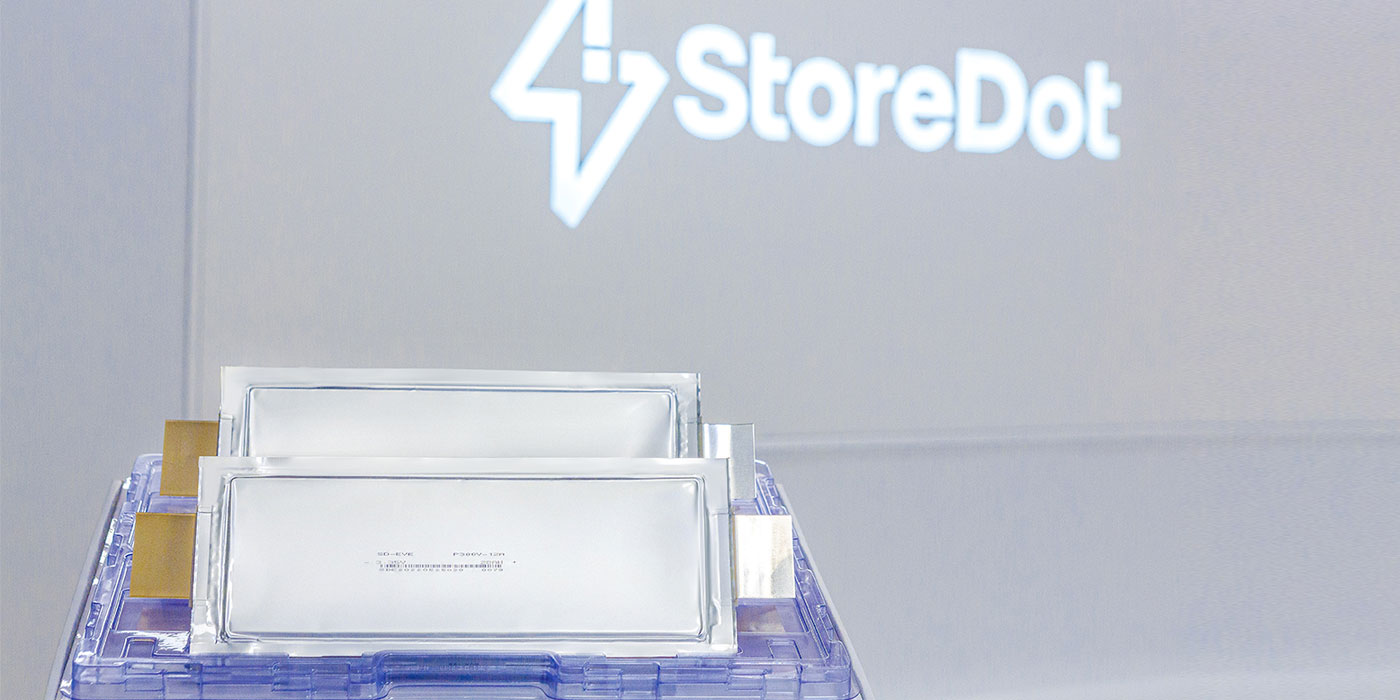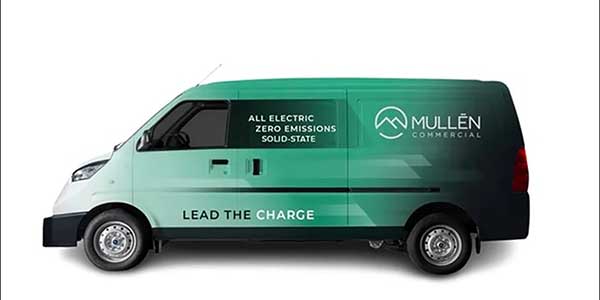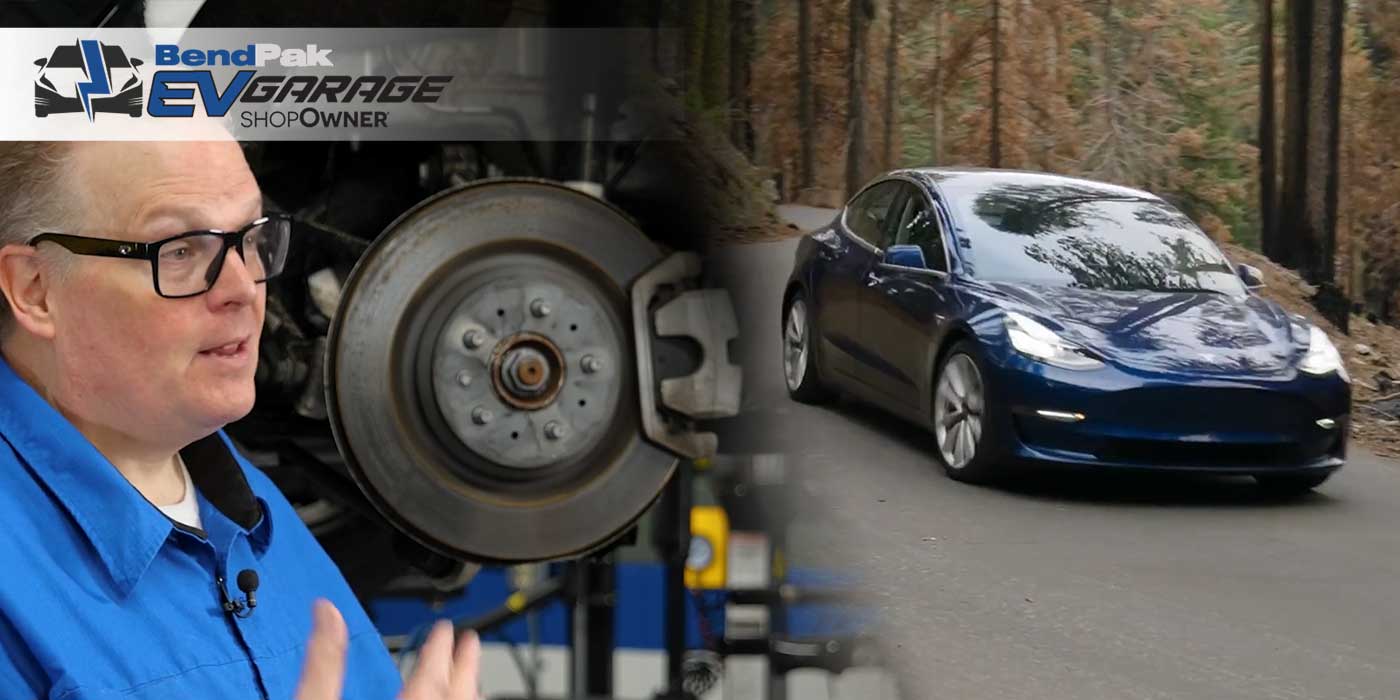Lithium-ion battery developer StoreDot says that by 2030 an EV could be charged with up to 100 miles of range in two minutes.
Sounds great, right? Today, even the fastest-charging EVs, like Kia’s EV6, still need a minimum of 18 minutes to grab a decent charge.
That same EV6 features Kia’s 800-volt ultra-fast charging ability which the manufacturer says lets it recharge from 10 to 80 percent in that relatively quick 18 minutes. Similarly, Tesla says its DC fast chargers, which it calls “Superchargers,” can provide a vehicle up to 200 miles of range in just 15 minutes.
However, lithium-ion battery developer ‘StoreDot’, says it has a strategic technology roadmap for something better, called “100 in X.” The company says it expects to be able to deliver batteries capable of charging 100 miles of range on a 2-minute charge, which is a big deal compared to current charging times. Does 2030 seem a little far away? ‘StoreDot’ says it is on track to produce EV batteries that will be capable of delivering 100 miles of range in 5 minutes of charge by 2024, only two years away!
StoreDot says part of the process of turning down charging times involves replacing a battery’s traditional lithium-ion graphite anode with silicon, which the company says will be “synthesized together with proprietary, small-molecule organic compounds,” resulting in faster charge times. StoreDot CEO Doron Myersdorf says replacing an anode’s carbon with silicon adds more conductivity, allowing ions to diffuse into the active material far more quickly, which means faster charging times and more stable, long-lasting batteries!
The battery innovations don’t stop there, though. Recently, a team of Harvard research scientists designed a lithium battery prototype that can recharge more than half of its capacity in just three minutes—and do so 10,000 times without significantly degrading. This battery technology could increase the lifetime of electric vehicles to something much closer to that of gasoline cars.
How do they do this? By harnessing the potential of solid-state, lithium-metal batteries, which hold substantially more energy in the same volume and charge in a fraction of the time compared to traditional lithium-ion batteries. While they were not stable enough to be used in the past, this team of Harvard researchers say they found a way to make it possible by using a multilayer battery that sandwiches different materials of varying stabilities. Think of it as a delicious BLT sandwich. First comes the bread — the lithium metal anode — followed by lettuce — a coating of graphite. Next, a layer of tomatoes — the first electrolyte — and a layer of bacon — the second electrolyte. Finish it off with another layer of tomatoes and the last piece of bread — the cathode.
That’s a little simplified, but just know that scientists are doing big things to ensure batteries can not only charge as quickly as filling a tank of gas, but do so knowing the battery will not degrade quickly in the process.













